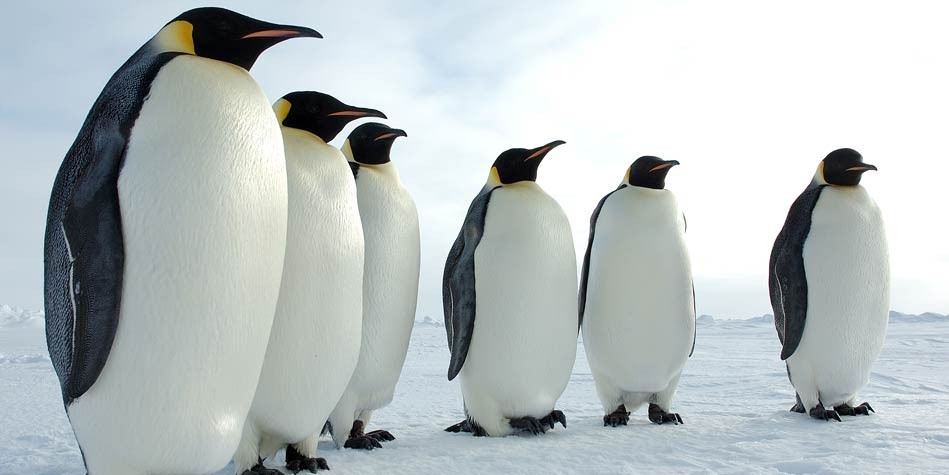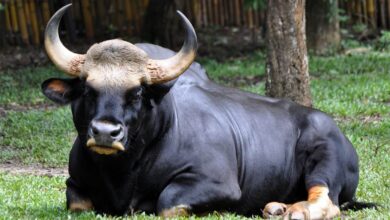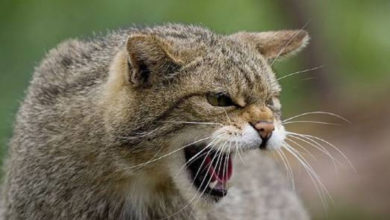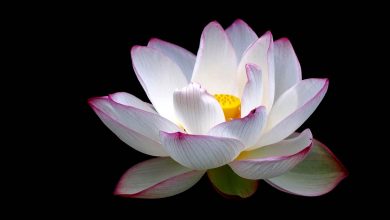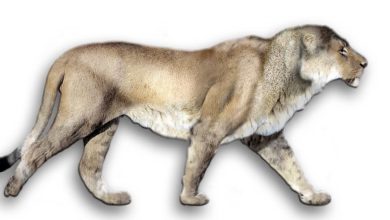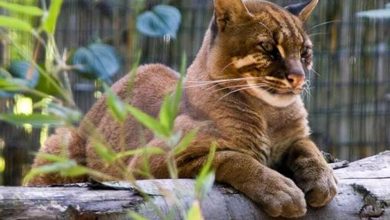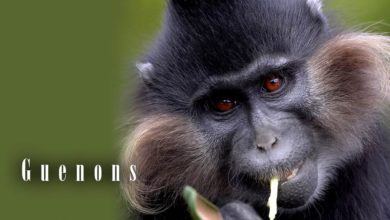Penguins – Kings of Antarctica
Penguins – Kings of Antarctica
Penguins are very funny animals, whose distinctive coloration resembles them to a man in a tailcoat. They can dive to a depth of 550 meters (1,800ft) and hold their breath up to 20 minutes! Penguins live in the southern hemisphere, mainly on the coast of Antarctica and sometimes they are found on the coast of New Zealand. The only species nesting slightly north of the equator (on the Galapagos Islands) is the Galapagos penguin.
Penguins are great swimmers. Wings that through evolution evolved into “paddle”, make these clumsy animals on land, quick and nimble underwater.
Penguins hunt for a variety of marine animals, especially fish and squid, which are their delicacy. Sometimes they feed on marine crustaceans.
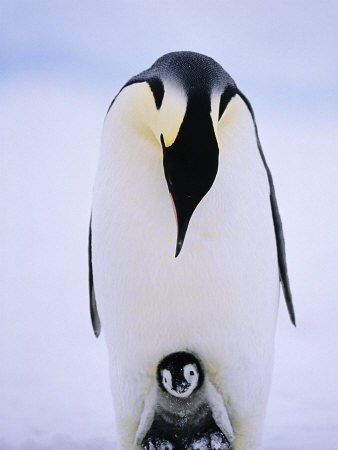
Penguins live in a very harsh climate with shrewd frosts and icy storms. Therefore, despite its thick plumage, they crowd and hug each other. There are big colonies created then, which sometimes include over 30.000 birds – only this way they can gain the maximum heat. The biggest colonies are even up to one million individuals.
Penguins make their nests in crevices and rock crevices or depressions. The chicks quickly become independent. After 2 months, along with other young, they gather in the so-called kindergarten. Thanks to this ‘institution’, parents can go hunting without being worried about their young. The young spend most of their time in nurseries and they come to their parents only when they become hungry. When ‘mature’ plumage appears on the body of young penguins, they leave the colony and swim away on the open sea to look for food.

The largest penguins
The emperor penguin (Aptenodytes forsteri)
- Population: 270 – 350 thousand individuals, maybe even 595 thousand
- Height: 120 – 140 cm (3ft 11in – 4ft 7in)
- Weight: 20 – 45 kg (44 – 99 lb)
- Lifetime: usually around 20 years, sometimes even up to 40 years
- Eggs: weight: 460 – 470 g (1.01 – 1.04 lb); dimensions: 12 x 8 cm (4.7 – 3.1 in)
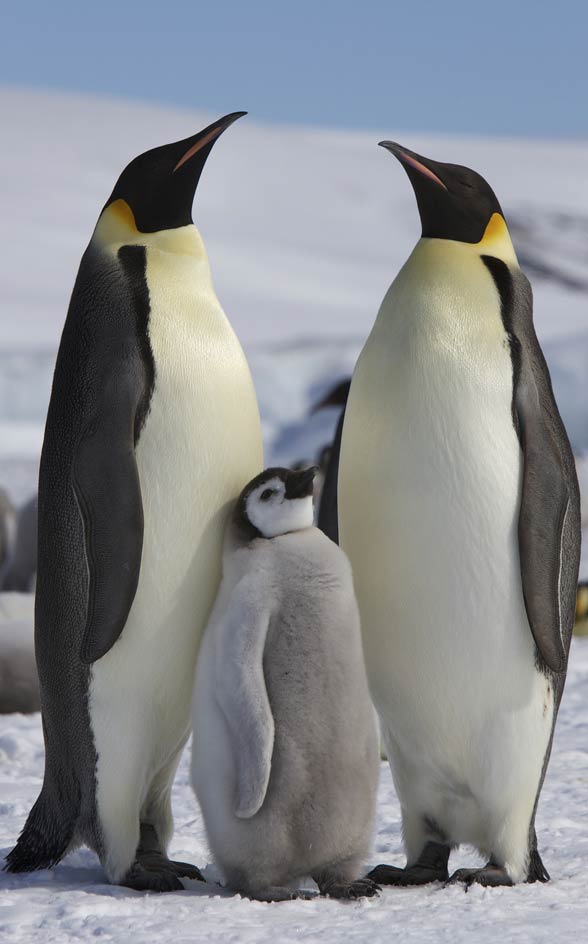
The king penguin (Aptenodytes patagonicus)
- Population: 4,46 million individuals
- Height: 70-100 cm (2ft 3.6in – 3ft 3.4in)
- Weight: 11-16 kg (24 – 35 lb)
- Lifetime: 15-20 years
- Eggs: weight: 300 g (0.66 lb), dimensions: 10 x 7 cm (3.9 – 2.8 in)

Penguins – curiosities
- Some species reach a speed of up to 20 km/h (12.4 mph) under water.
- The biggest and most known representative of penguins is the emperor penguin reaching the height of 1.4 m (4ft 7in)) and the weight of 45 kg (99 lb).
- Emperor penguins can stay under water for 18 minutes and dive to a depth of 565 m (1,854ft) – the greatest recorded depth.
- One of the penguin species, the macaroni penguin, jumps on land in order to move.
- While diving, the penguin’s heart beats slower – thanks to this, the blood circulates slower in the animal’s body and the body uses less oxygen.
- Feathers that are on the penguin’s body cover each other just as tiles. Thanks to this, water has no exposure on its skin and does not cool the body.
- During the breeding of the emperor penguins (May) in Antarctica are the lowest temperatures on Earth.
- The male usually takes care of young chicks, while the female is looking for food.
- Penguins’ eyes are very sensitive to blue and green color. Thanks to this fact, penguins see perfectly even when the lighting is very poor and they hunt even in dark sea depths.
- Mature birds move from one nest to another on land and feeding grounds on the ocean for most time of the year. From January to March, they stay almost all the time on the ocean and scavenge in groups.
- The fastest penguin is the gentoo penguin (Pygoscelis papua) – while swimming, it can reach the speed of 35 km/h (21.7 mph).


